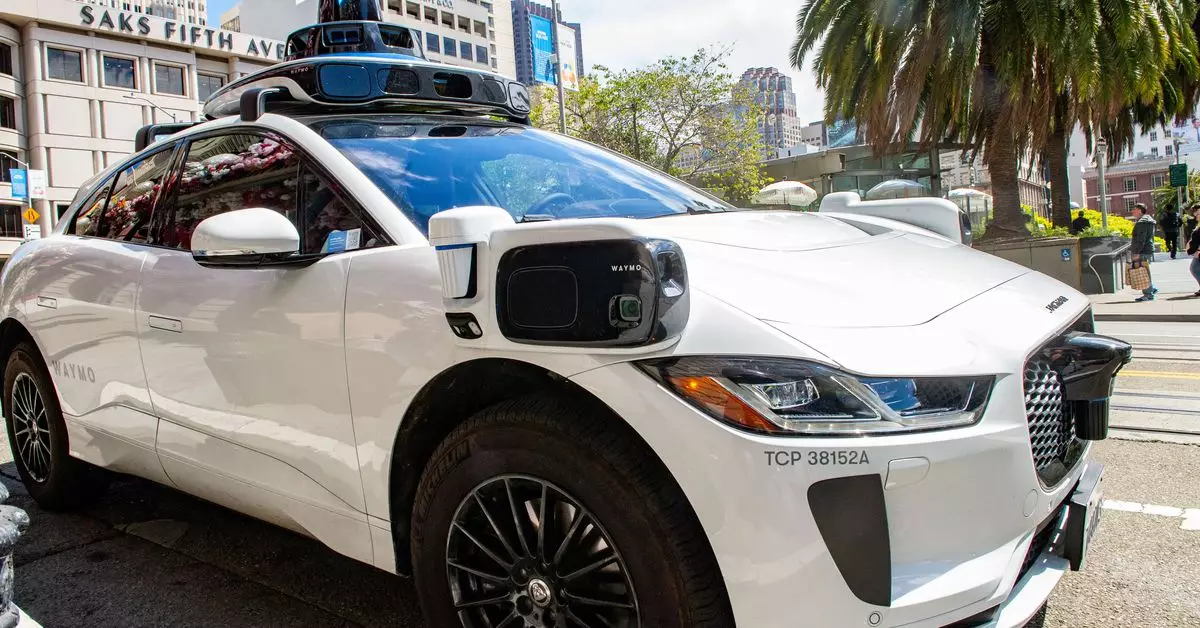Waymo, the renowned robotaxi company, is making strides in expanding its service areas in San Francisco and Los Angeles. In San Francisco, the company is extending its service area southward into the San Francisco Peninsula, covering Daly City, Broadmoor, and Colma. This expansion adds an additional 10 square miles to the existing service area, bringing the total to 55 square miles. With the removal of the waiting list in San Francisco, the company has opened up its 24/7 robotaxi service to anyone within the expanded region who has downloaded the Waymo One app.
In Los Angeles, Waymo is also expanding its service area to include several new neighborhoods such as Marina del Rey, Mar Vista, and Playa Vista. Additionally, the company is adding more areas in Hollywood, Chinatown, and Westwood to its service coverage. While the expansion may seem modest compared to other ride-hailing services like Uber and Lyft, which operate in numerous cities without geographical restrictions, it is significant for Waymo. The company aims to demonstrate its ability to grow rapidly with each new city launch. The fact that Waymo is already expanding in LA shortly after its initial launch signifies growing confidence in its driverless vehicle technology.
Despite Waymo’s growth in service areas, questions remain about its financial performance. Alphabet, Waymo’s parent company, recently made a $5 billion commitment to support the company’s growth. However, the exact revenue and losses of Waymo remain undisclosed. The “Other Bets” unit of Alphabet, which houses Waymo, reported an increase in quarterly revenue from $285 million to $365 million year-over-year. Nevertheless, the unit’s losses widened to $1.13 billion from $813 million in the second quarter of 2023. This financial uncertainty raises concerns about Waymo’s long-term sustainability and profitability.
While Waymo’s expansion in San Francisco and Los Angeles is promising, the exclusion of airports as service areas is notable. Waymo has been offering airport trips at Phoenix Sky Harbor Airport since late 2022 but has yet to introduce its driverless vehicles at major airports like SFO or LAX. Airports present a significant revenue opportunity for robotaxi services, with airport trips accounting for approximately 20% of human-driven ride-hail car trips. However, navigating airports can be challenging for driverless vehicles due to the chaotic environment and regulatory complexities. Waymo’s spokesperson mentioned preliminary talks with SFO for non-commercial mapping and driving operations with a human driver at the airport, indicating the company’s cautious approach towards airport expansion.
The expansion of Waymo’s service areas in San Francisco and Los Angeles showcases the company’s commitment to growth and innovation in the autonomous vehicle industry. However, financial uncertainties and challenges associated with airport expansion pose potential obstacles to Waymo’s long-term success. As Waymo continues to expand its presence and refine its technology, overcoming these challenges will be crucial for establishing itself as a leader in the autonomous driving market.


Leave a Reply